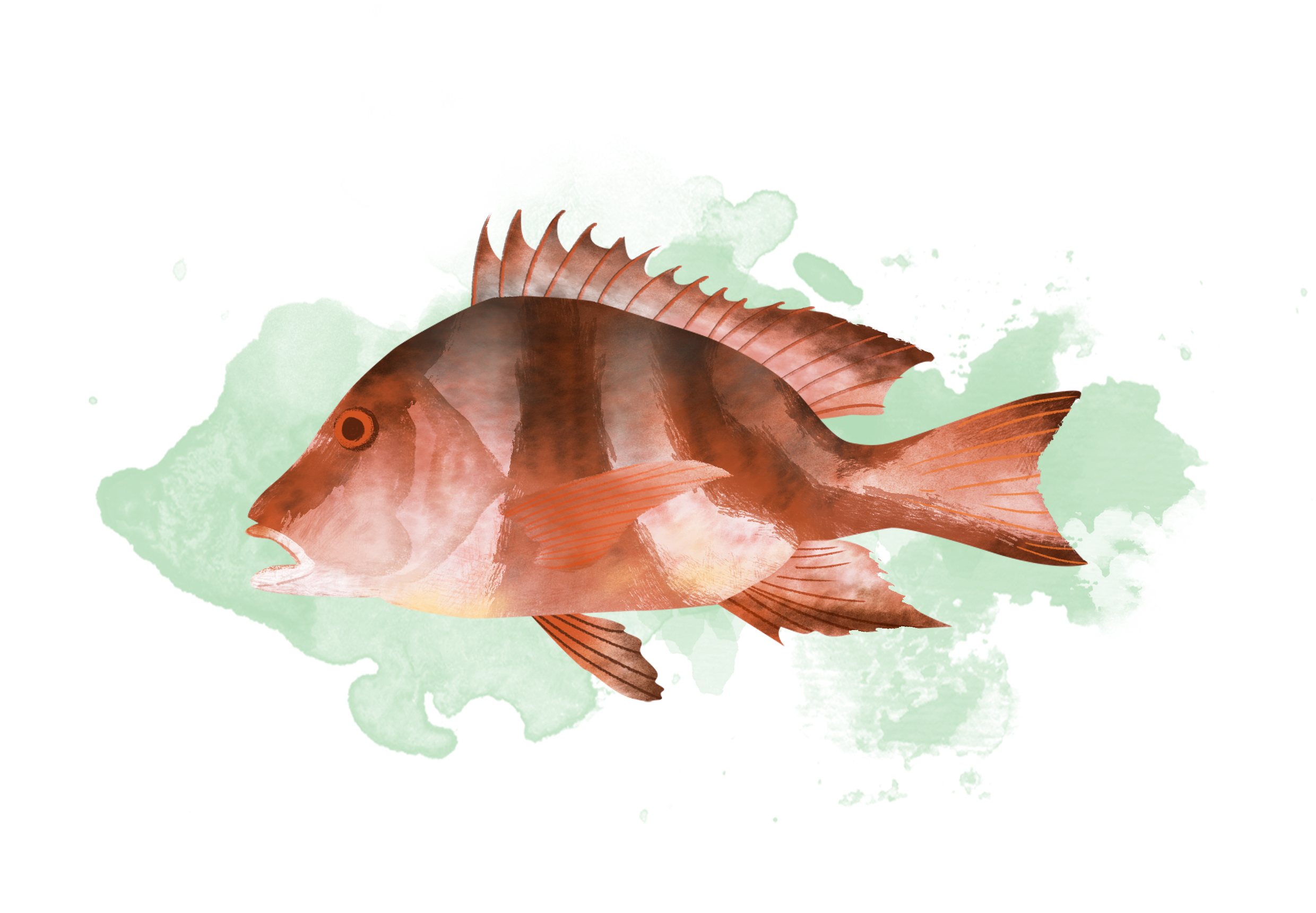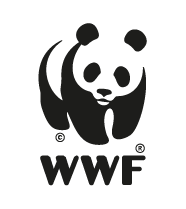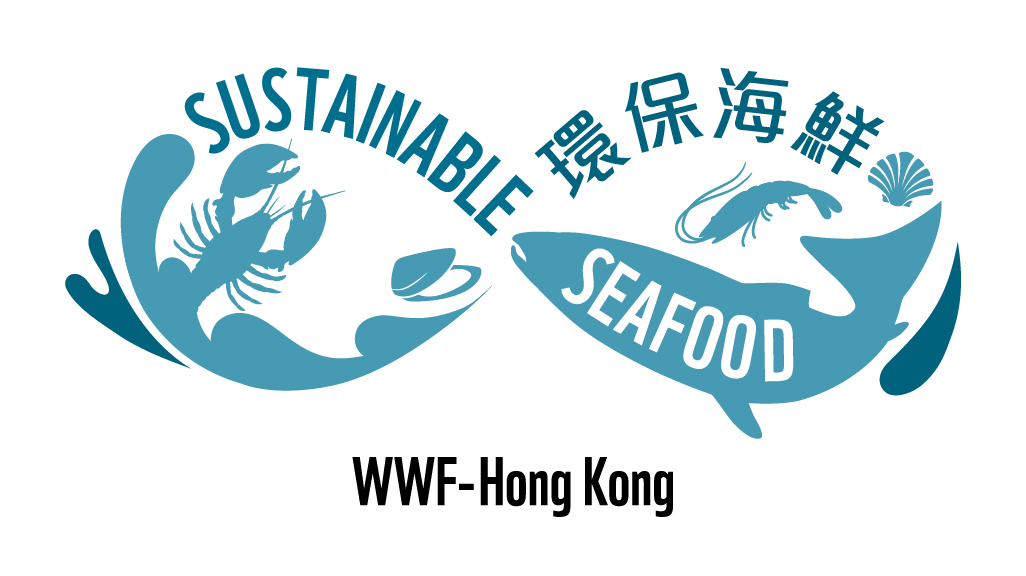
Juveniles caught in the wild from vulnerable to overfished stocks.
The species is carnivorous and relies on feed from trash-fish or pelleted feed with a high content of fishmeal and fish oil. The fish-in-fish-out ratio is high, meaning large amounts of fish are used for feed to produce one kilogram of red emperor. The components of the ingredients are not traceable.
Marine sea cages in the coastal waters of Hong Kong have a severe negative impact in the environment due to high waste discharge by the use of trash-fish. Escapes are likely but as a native species, they will not have a detrimental effect on the environment. The species are subject to bacterial and viral diseases with potential of outbreaks occurring, although not widespread. There is an imminent risk of disease/ parasite transfer to wild species, but the impact is unknown. Chemicals used by farms are well-regulated for usage due to food safety concerns.
The Hong Kong government has a set of fish culture laws that do not cover farm escape. Mariculture in Hong Kong has been developed with little planning and regulation and needs more effective and specific laws. Data availability is partially limited and lacks monitoring and transparency.

